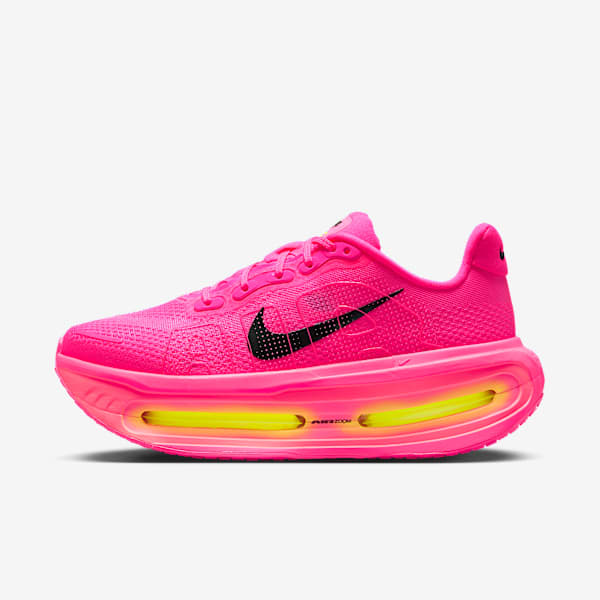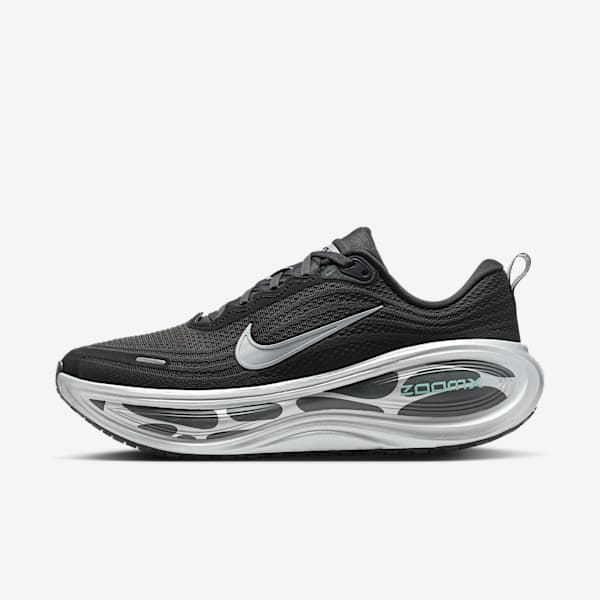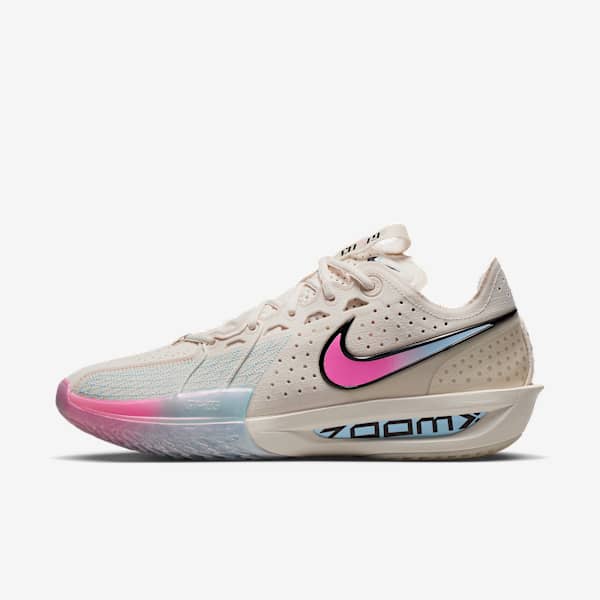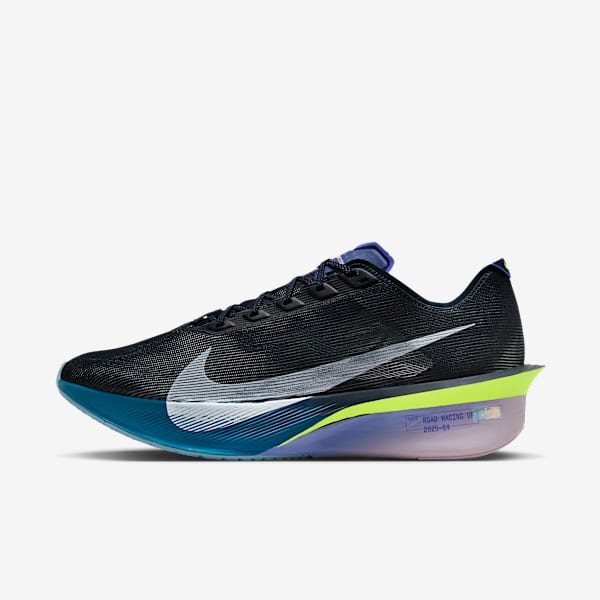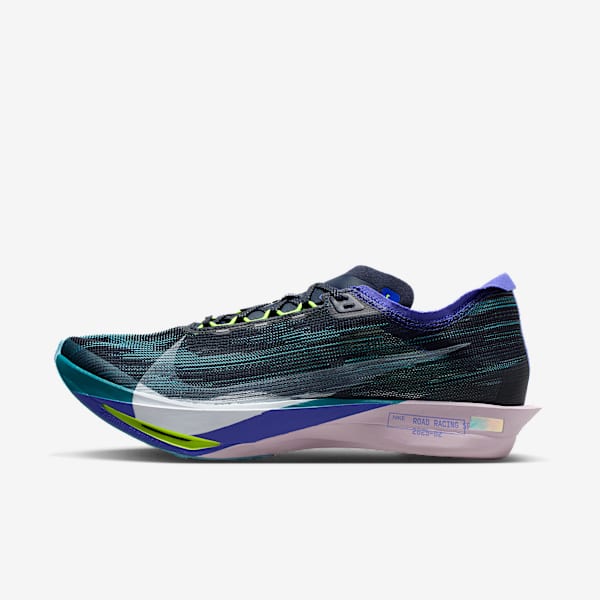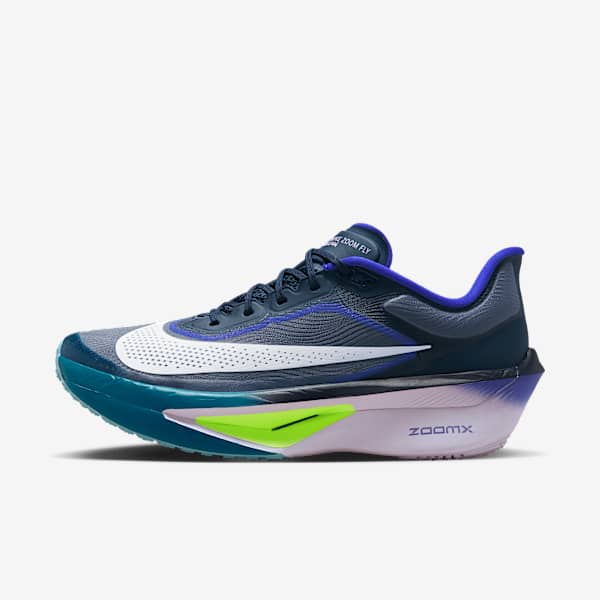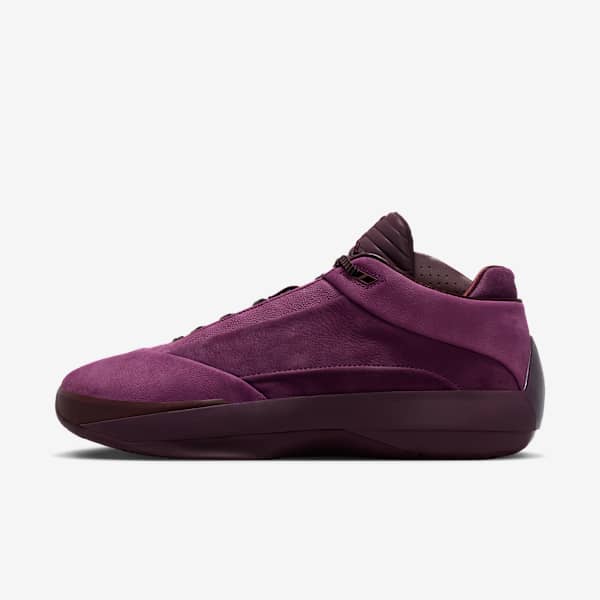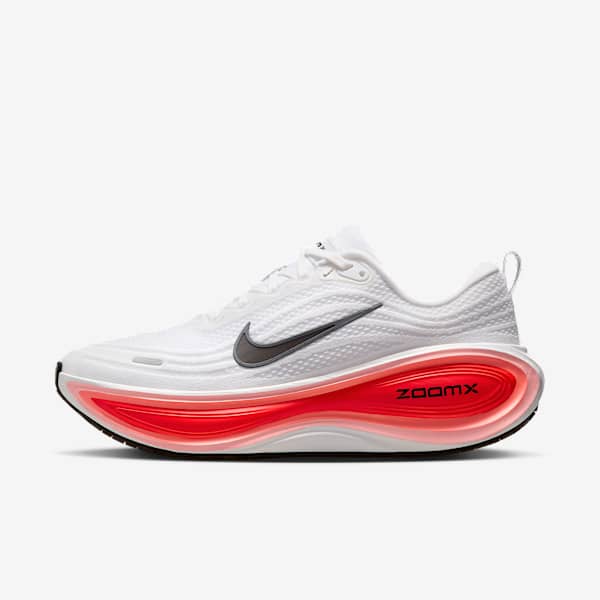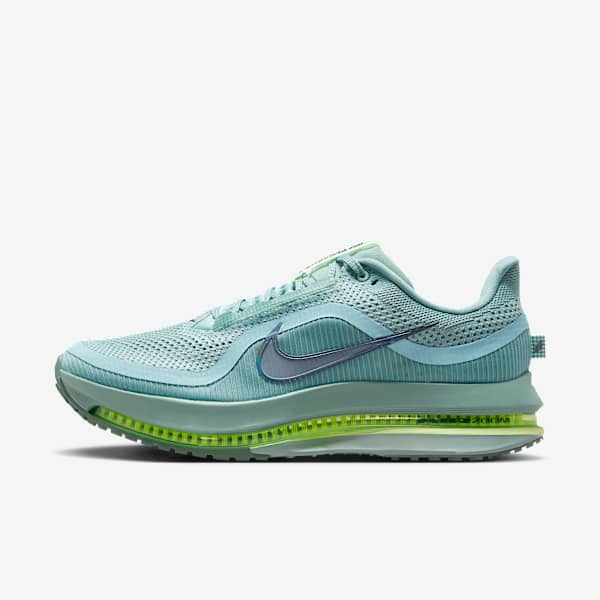Best Nike Running Shoes for High Arches
Buying Guide
Plus, how to tell if your arches are playing a factor in your fitness performance.

Maybe your running shoes are perfectly comfortable, but you feel like your speed, endurance, and recovery could be better. Or you keep getting overuse injuries — even when you dial it back on your workouts. In either case, there could be multiple factors that come into play, and your shoes can be one of them, especially if you have high arches.
"High arches can create problems with running and training," says doctor of physical therapy Jason Kart, D.P.T., owner of Core Physical Therapy in Chicago. "The foot has two basic jobs: One is to act like a shock absorber, the other is to be a bony lever to push off from. A high arch fails to absorb that shock because the arch doesn't descend normally."
RELATED: Nike’s Most Comfortable and Supportive Shoes for Heel Strike Runners
What happens instead is that the arches and feet tilt outward, he adds. That creates an undue amount of stress throughout the foot, ankle and calf. The result isn't great — foot pain, stress fractures, shin splints and plantar fasciitis are more likely to result. Running in shoes that don't support high arches can even lead to ankle sprains, Kart says, because of instability in the ankle joint.
"The problems can extend up the chain to the knees," says Kart. "It's not uncommon to have outside knee pain, including lateral meniscus tears, IT band problems and lateral collateral ligament strains."
That means you change your training in multiple ways to avoid injuries, such as decreasing your mileage or playing around with your stride, and Kart adds that lower-body strength training is also important so you can recruit muscles that support stability. For example, doing calf raises, toe pick-ups (like picking up towels and pencils using only your toes), and foot flex-and-point sessions can improve ankle and calf strength.
Another important strategy? Making sure you have the right shoes.
How to Check for High Arches
If you're not sure if you have high arches, Kart recommends a simple trick: Wet your feet, then stand on a blank piece of paper or cardboard and step away to see your footprint. If you're seeing mostly toes and the balls of your feet with a minimal line back to the heel, that could mean you have high arches.
"This indicates your midfoot is not descending down to the surface," he says. "You may also see structural changes at the midfoot. Instead of a straight line from the ball of the big toe back to the ankle, you may see a higher arch when looking at the inside of the foot."
Another tactic is to visit a running store, suggests New York-based, RRCA-certified running coach, Lawrence Shum. These often have a measuring station for your feet that not only determines size but also whether you pronate and have a high or low arch. If you have significant foot issues, you may want to consider seeing a podiatrist, he adds.
Don’t miss What’s the Difference Between Stability and Motion Control Running Shoes?
What the Right Shoes Can Do for You
With better support, the overall strain on the foot sustained on long runs will decrease, says Shum. This creates less trauma in the arches as you go through training, which means you have effective recovery.
"I've seen many runners buy the latest running shoes because they think it will make them faster," he says. "Unfortunately, the opposite might happen, plus it [can] increase injury risk."
Having higher arches is significantly less common than having flat feet, Kart adds. That means if you're buying shoes based only on their style, you might be choosing options that are geared toward people who have different arches.
"The best strategy would be to look for a stability shoe that also has cushioning," he says. "This will give you a wider surface to keep the ankle stable, and also provide some recoil for when your foot hits the ground."
Check out these Nike options fitting that description for high arches:
Nike Air Zoom Pegasus 38: Offers a strong midfoot hold with responsive foam, along with mesh in the upper for comfort and airflow.
Nike Air Max 90: This updated classic offers the Max Air cushioning that keeps feet comfy while providing plenty of stability.
Nike ZoomX: Offers shock absorption, comfort, and durability against wear on the outer edge, which is a common problem area for runners with high arches who supinate.
Story written by Elizabeth Millard
